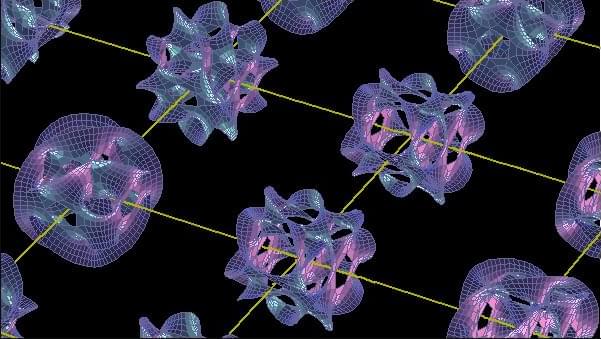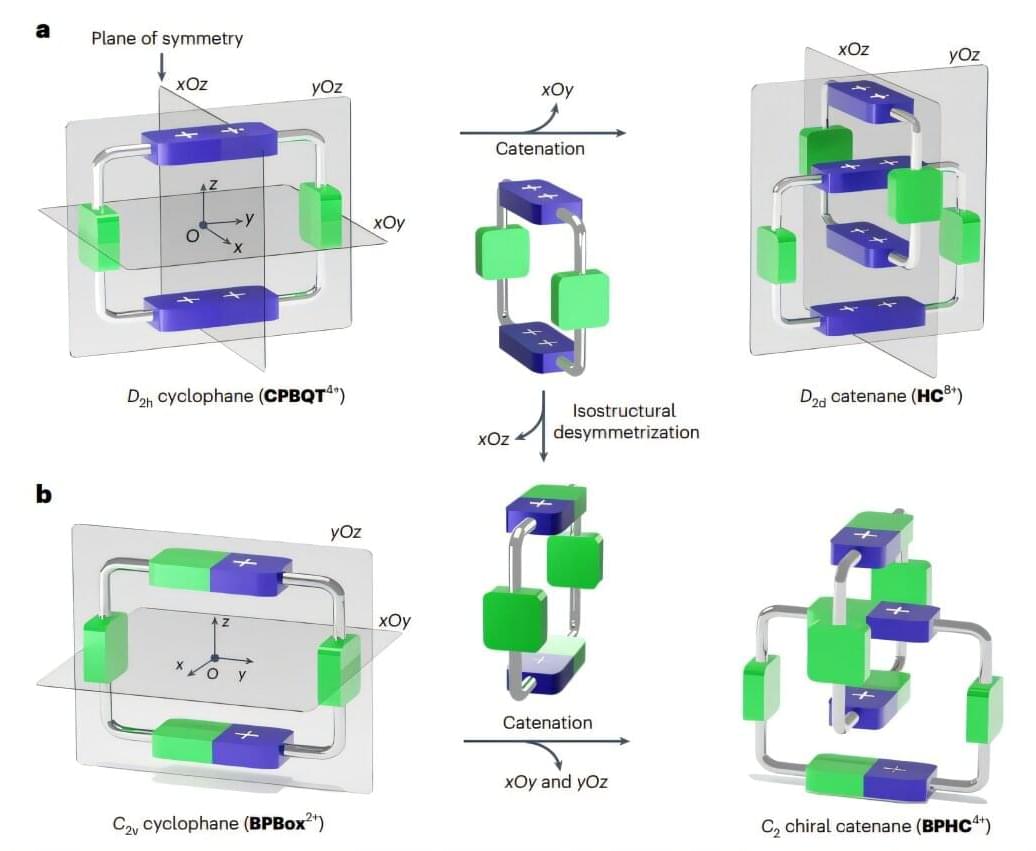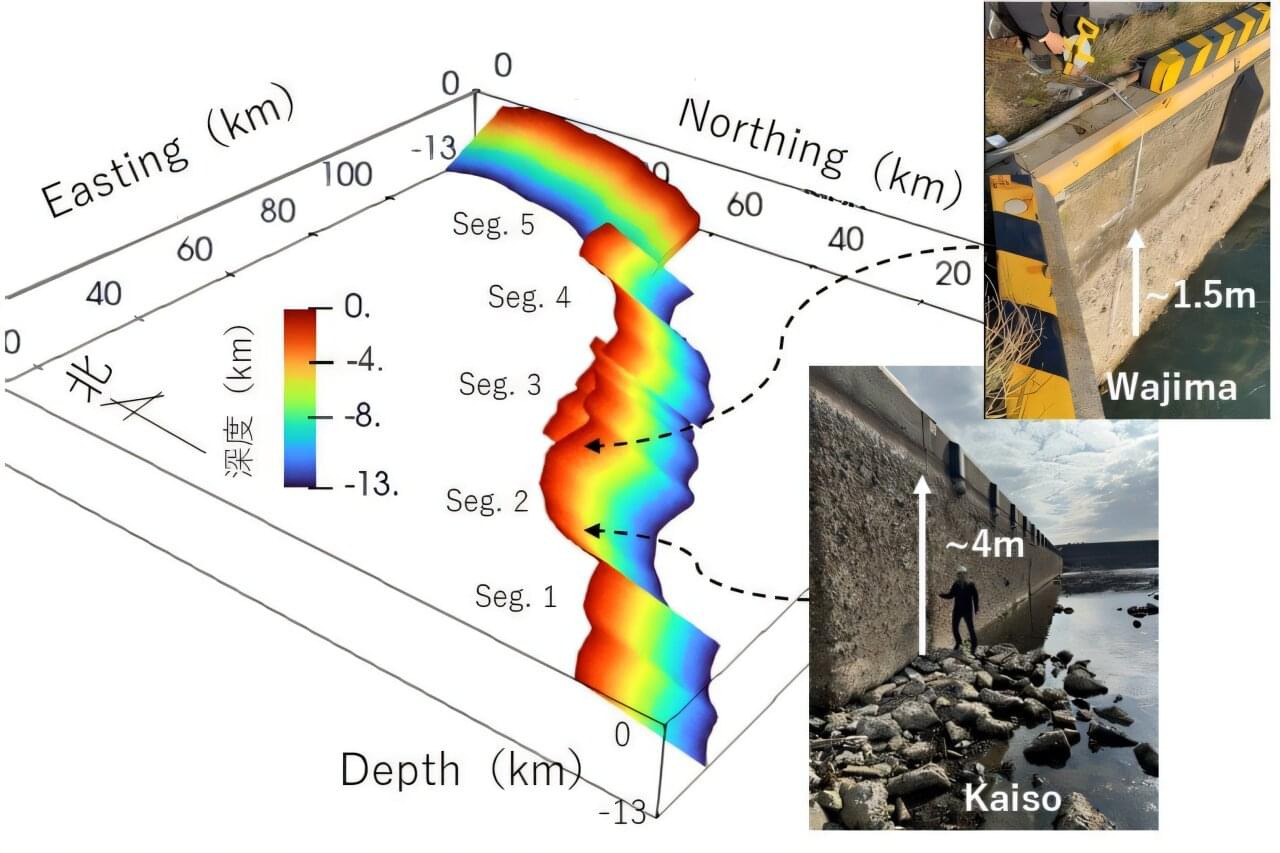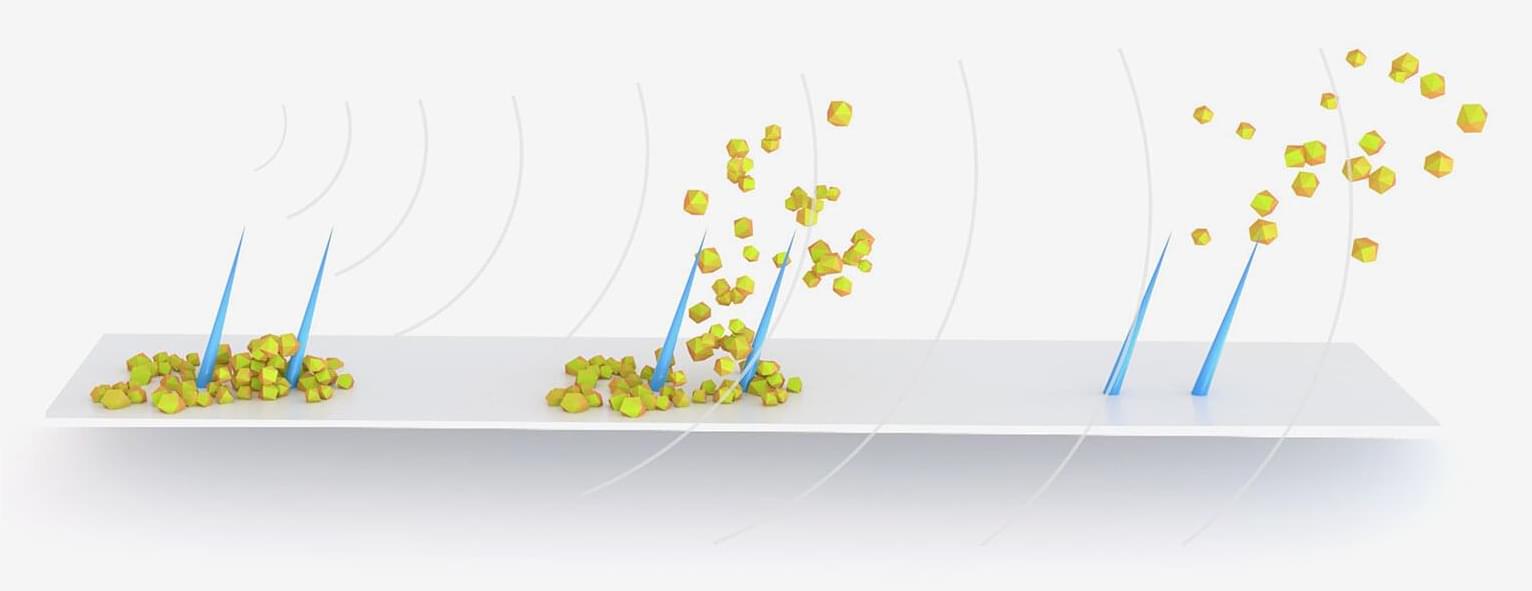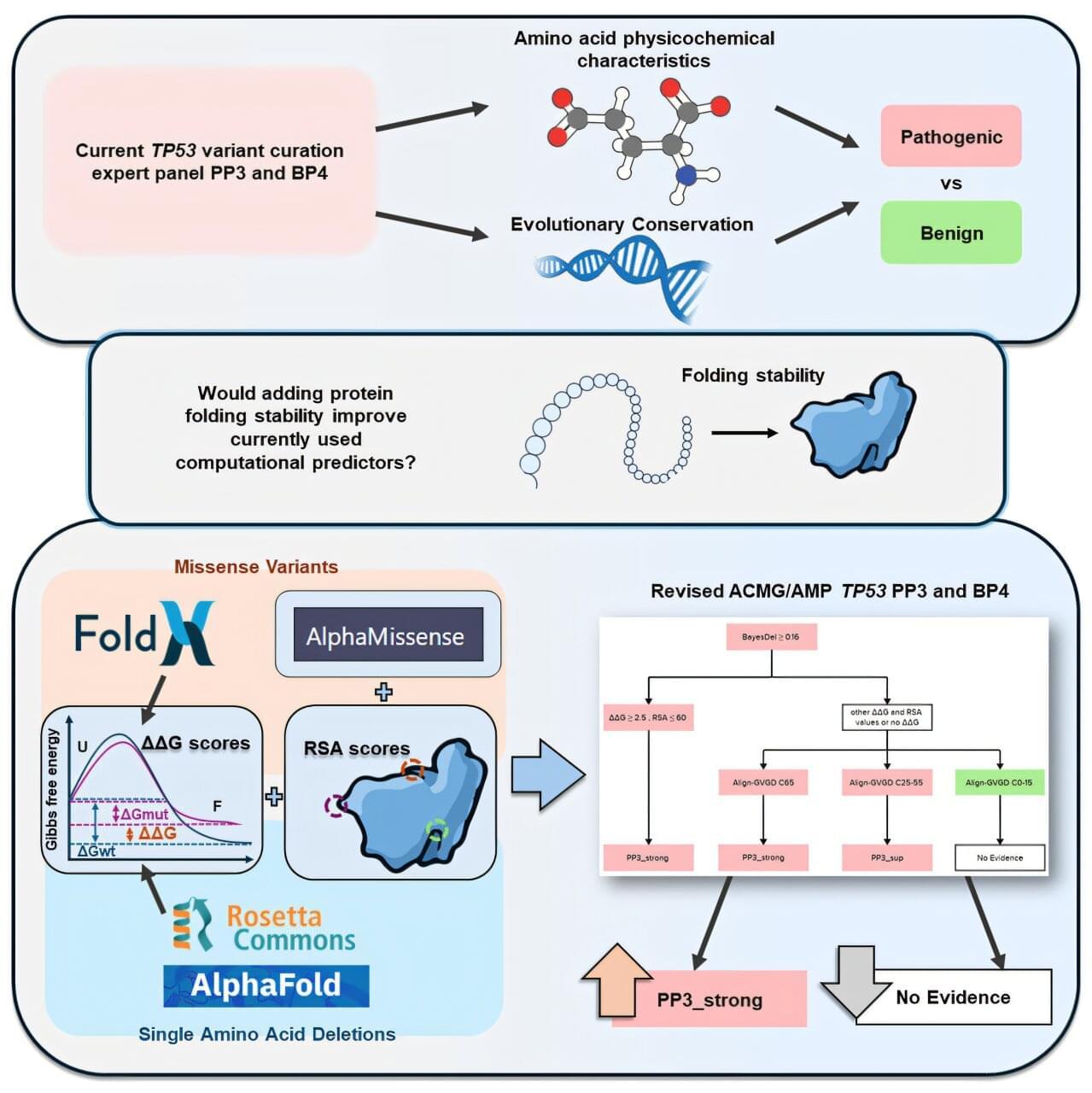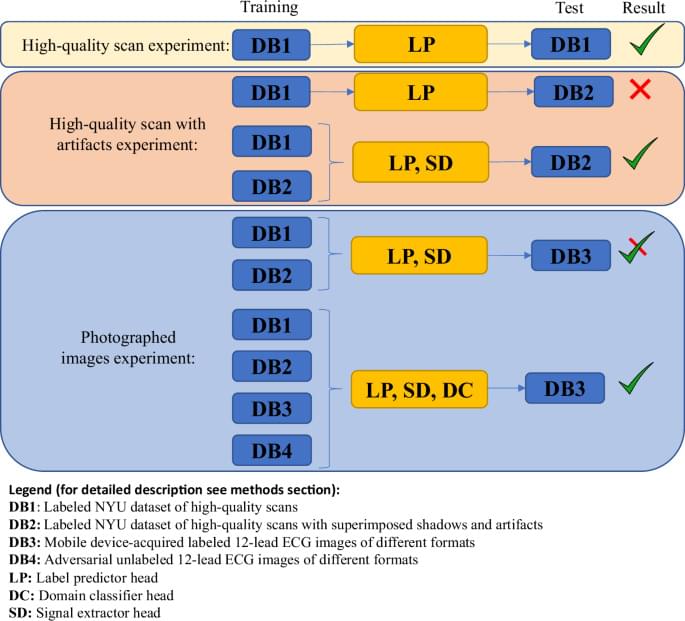Lex Fridman Podcast full episode: https://www.youtube.com/watch?v=3W5FWUN5w2Q
Thank you for listening ❤ Check out our sponsors: https://lexfridman.com/sponsors/cv8729-sb.
See below for guest bio, links, and to give feedback, submit questions, contact Lex, etc.
*GUEST BIO:*
Jeffrey Wasserstrom is a historian of modern China.
*CONTACT LEX:*
*Feedback* — give feedback to Lex: https://lexfridman.com/survey.
*AMA* — submit questions, videos or call-in: https://lexfridman.com/ama.
*Hiring* — join our team: https://lexfridman.com/hiring.
*Other* — other ways to get in touch: https://lexfridman.com/contact.
*EPISODE LINKS:*
Jeffrey Wasserstrom’s Books:
China in the 21st Century: https://amzn.to/3GnayXT
Vigil: Hong Kong on the Brink: https://amzn.to/4jmxWmT
Oxford History of Modern China: https://amzn.to/3RAJ9nI
The Milk Tea Alliance: https://amzn.to/42DLapH
*SPONSORS:*
To support this podcast, check out our sponsors & get discounts:
*Oracle:* Cloud infrastructure.
Go to https://lexfridman.com/s/oracle-cv8729-sb.
*Tax Network USA:* Full-service tax firm.
Go to https://lexfridman.com/s/tax_network_usa-cv8729-sb.
*Shopify:* Sell stuff online.
Go to https://lexfridman.com/s/shopify-cv8729-sb.
*LMNT:* Zero-sugar electrolyte drink mix.
Go to https://lexfridman.com/s/lmnt-cv8729-sb.
*AG1:* All-in-one daily nutrition drink.
Go to https://lexfridman.com/s/ag1-cv8729-sb.
*PODCAST LINKS:*
